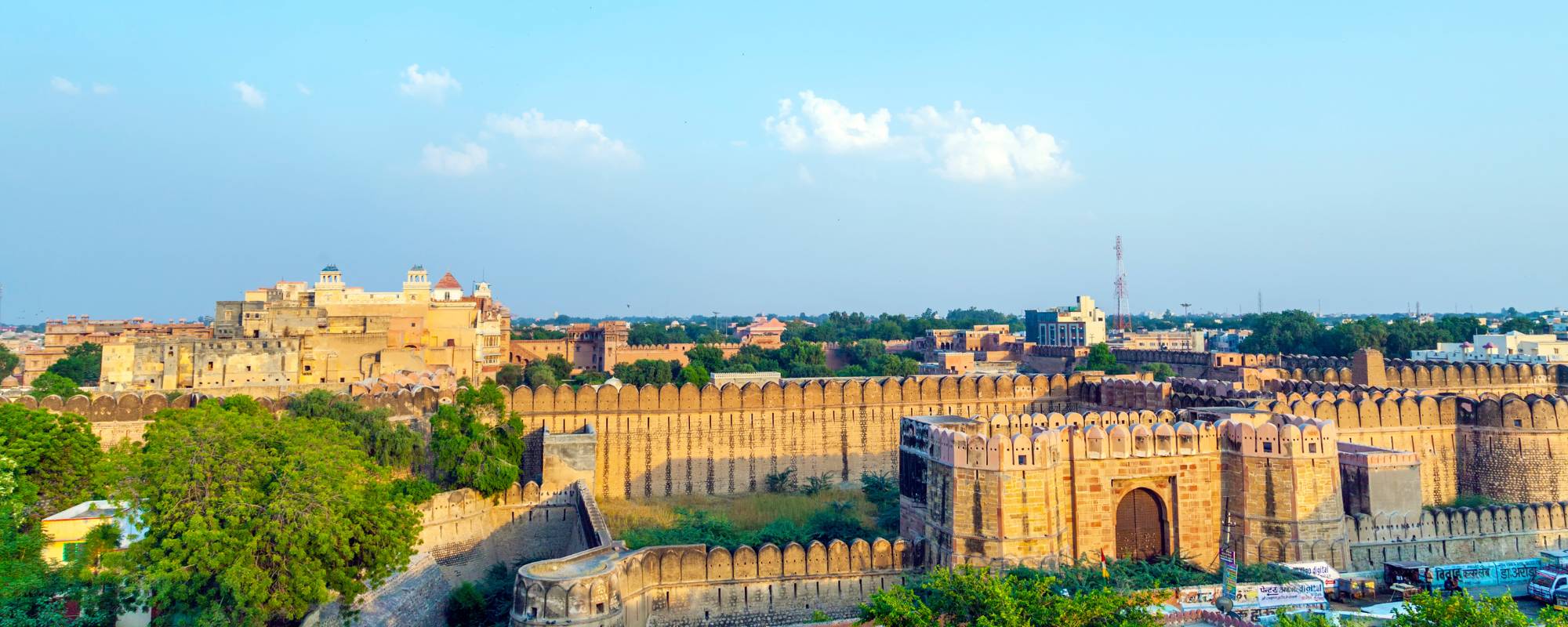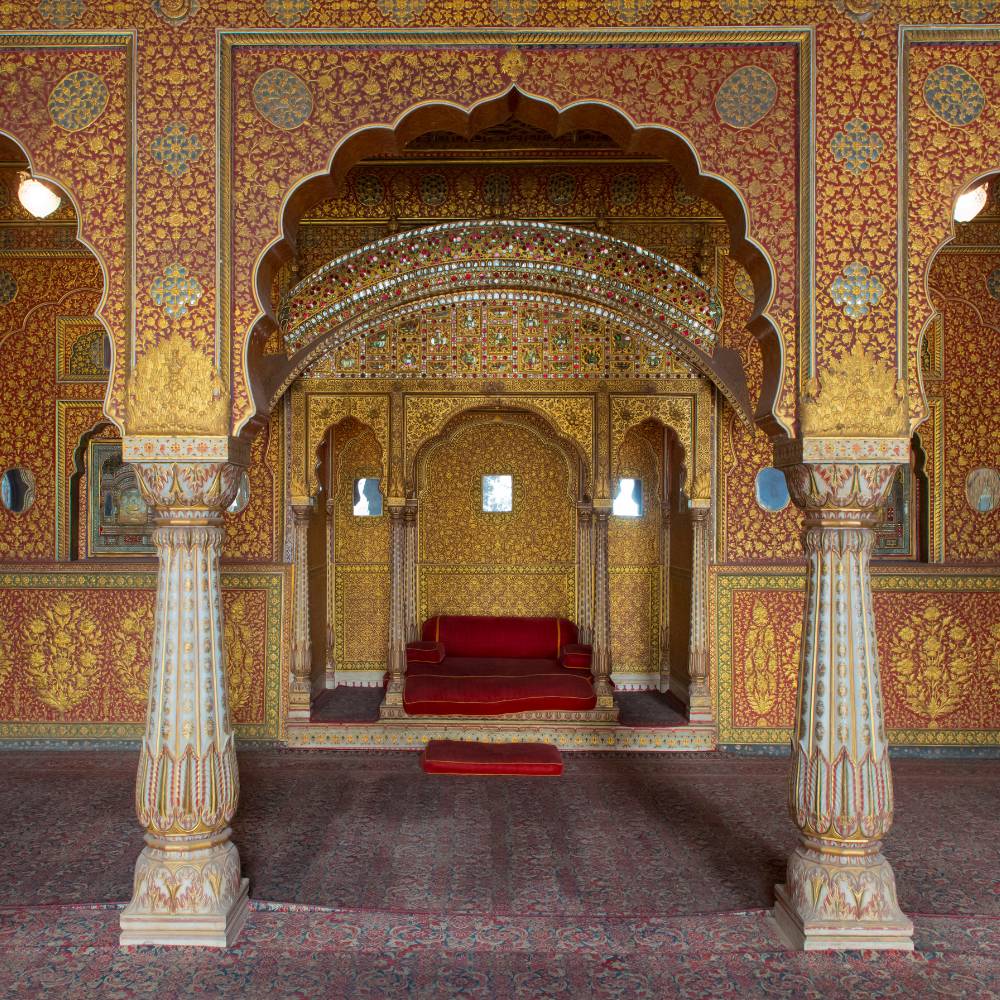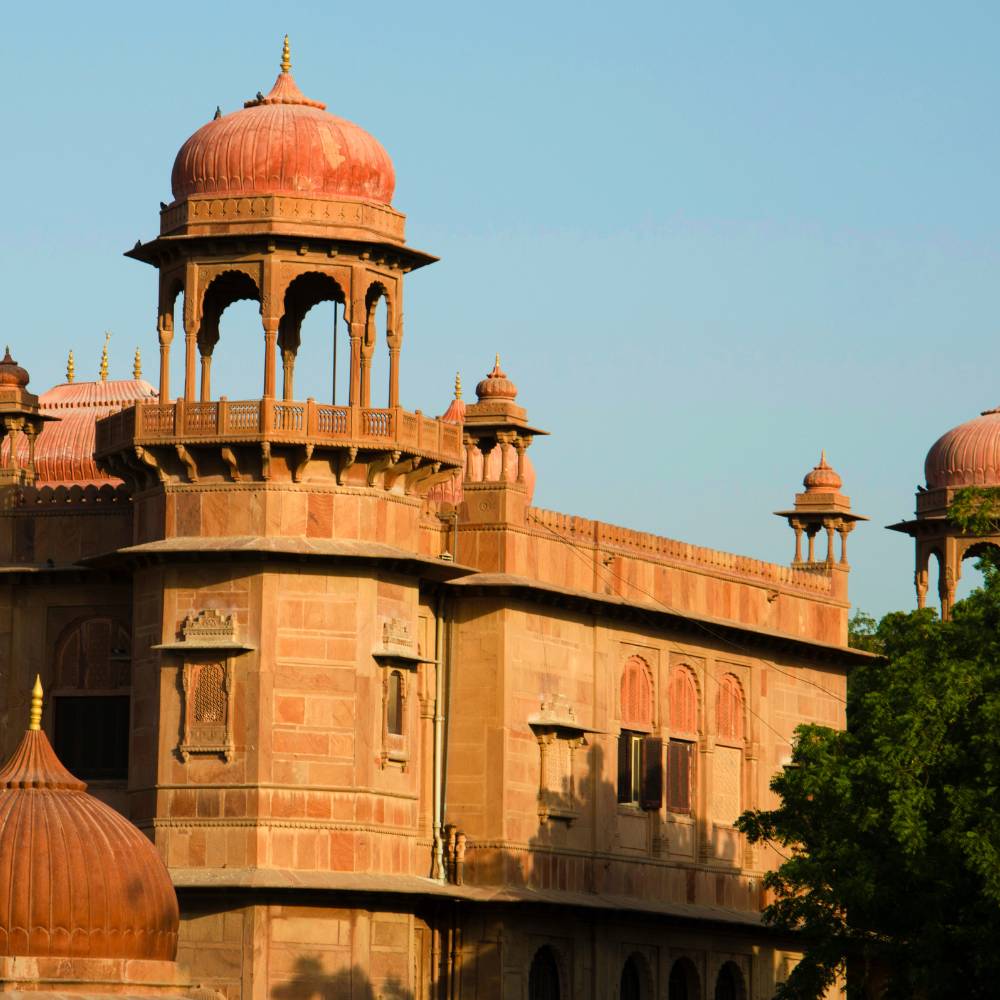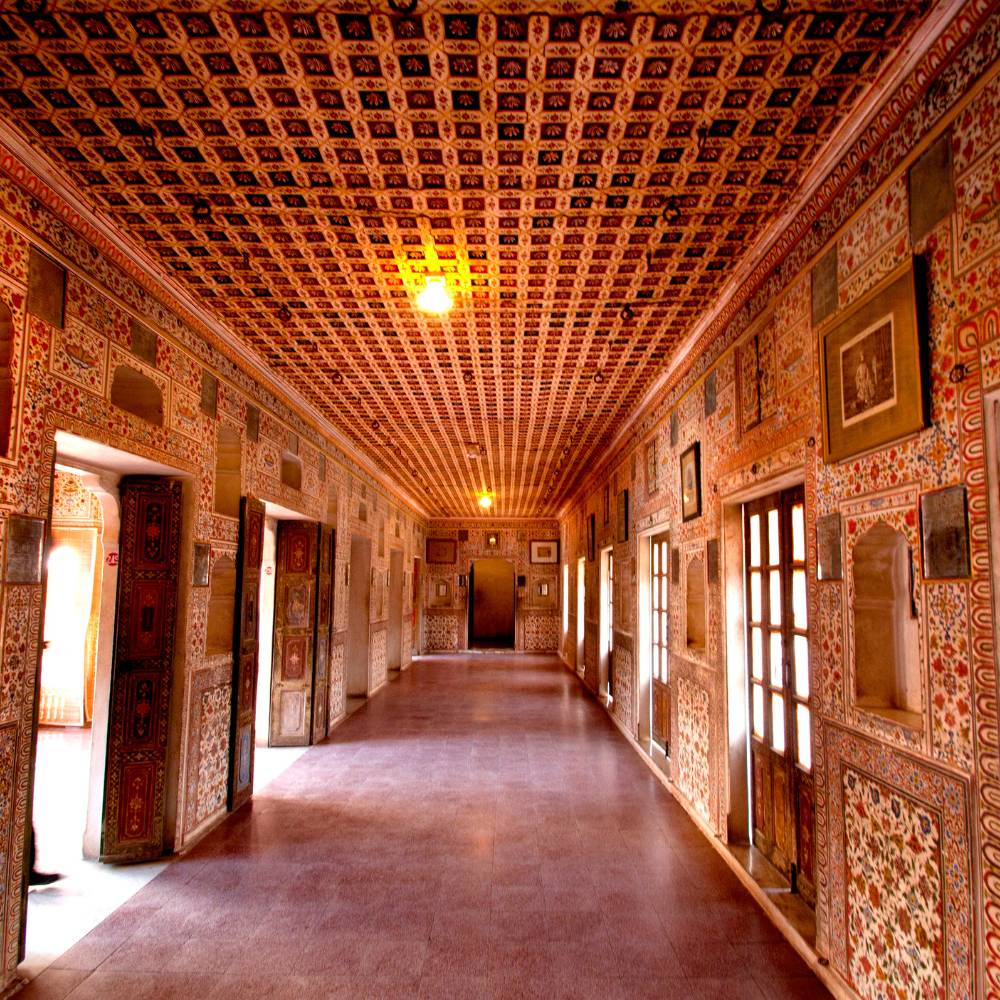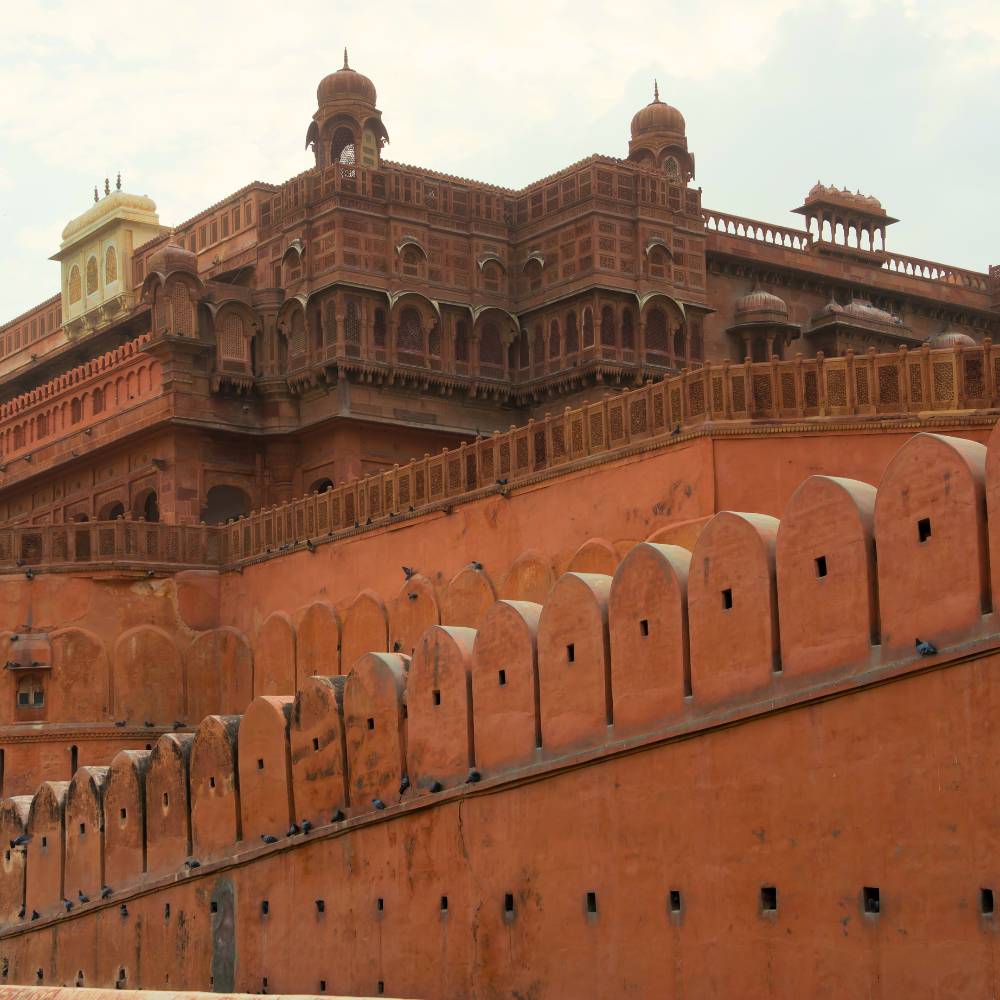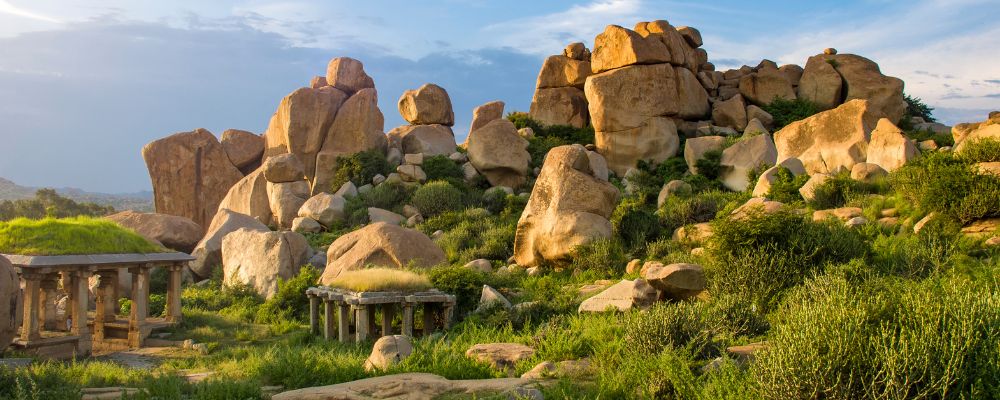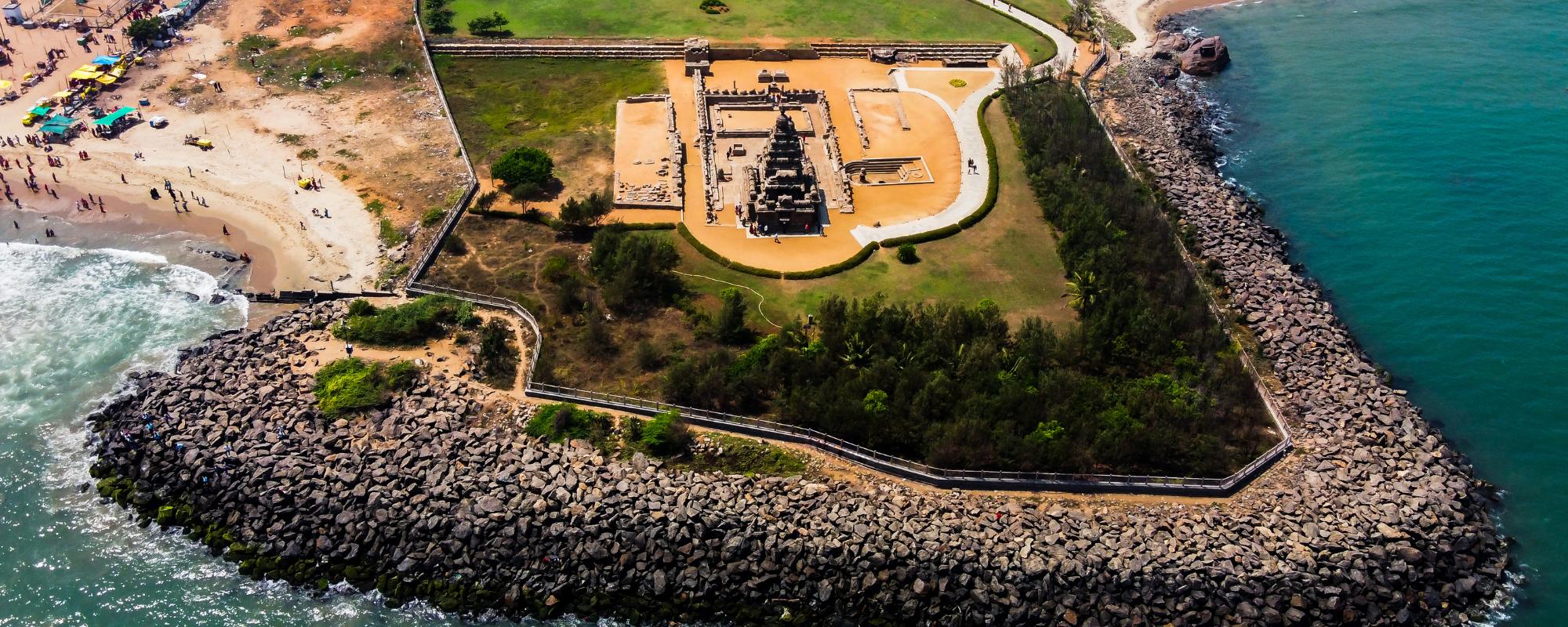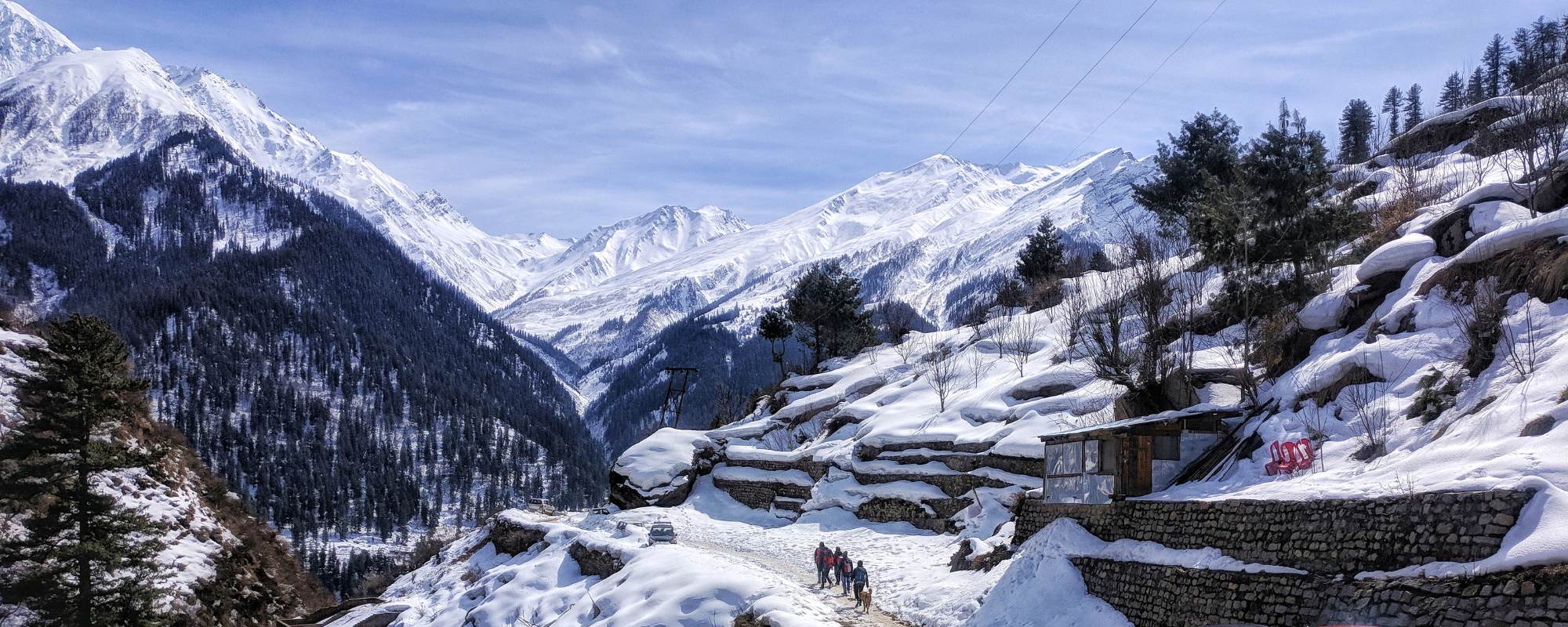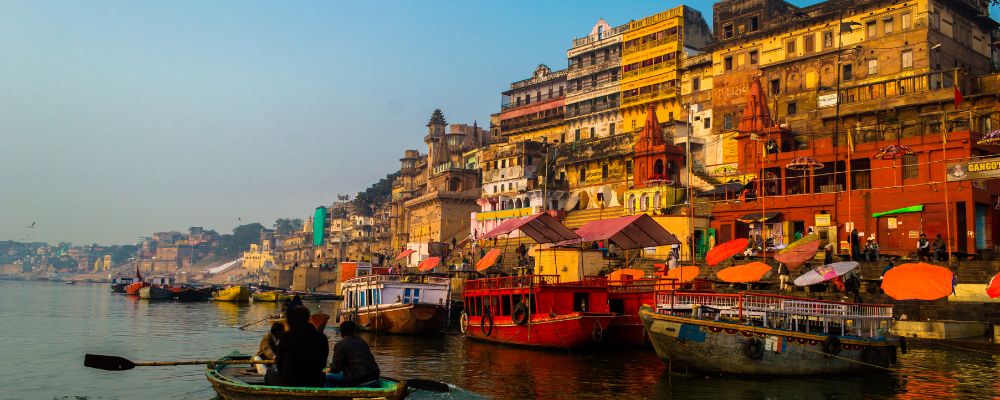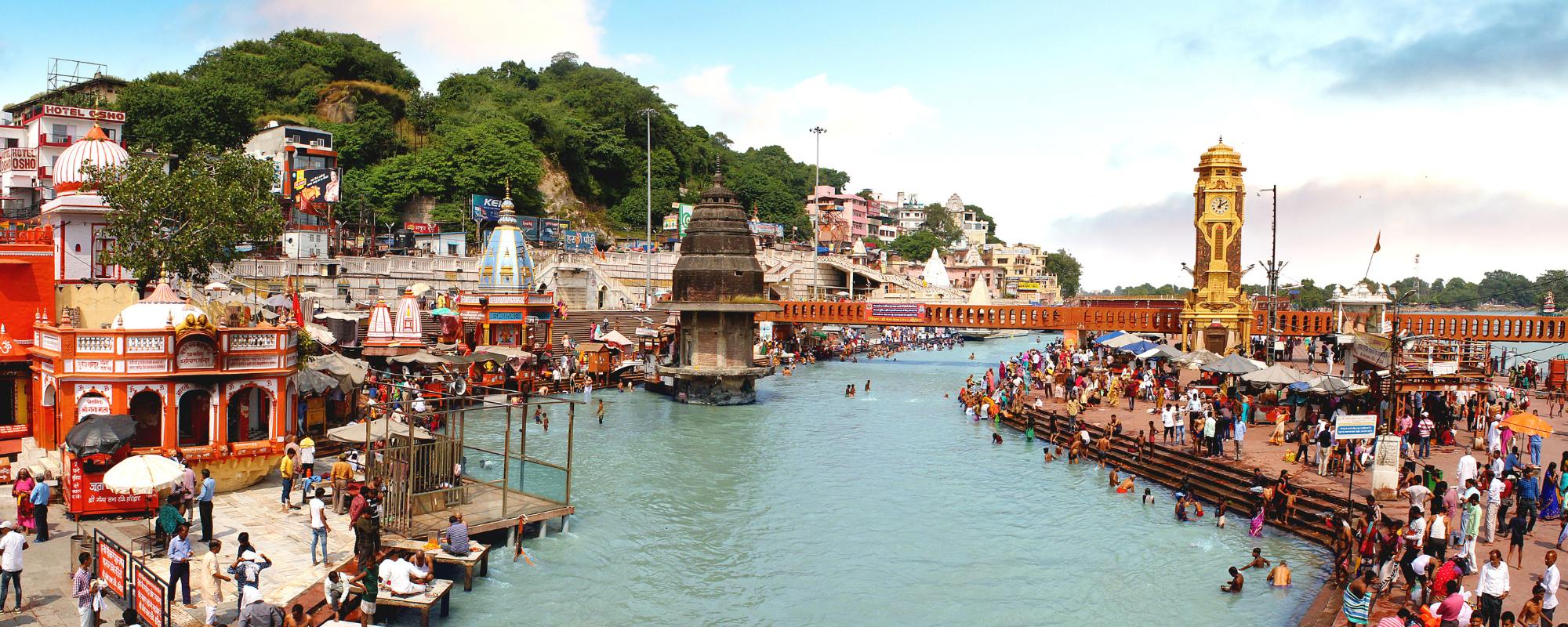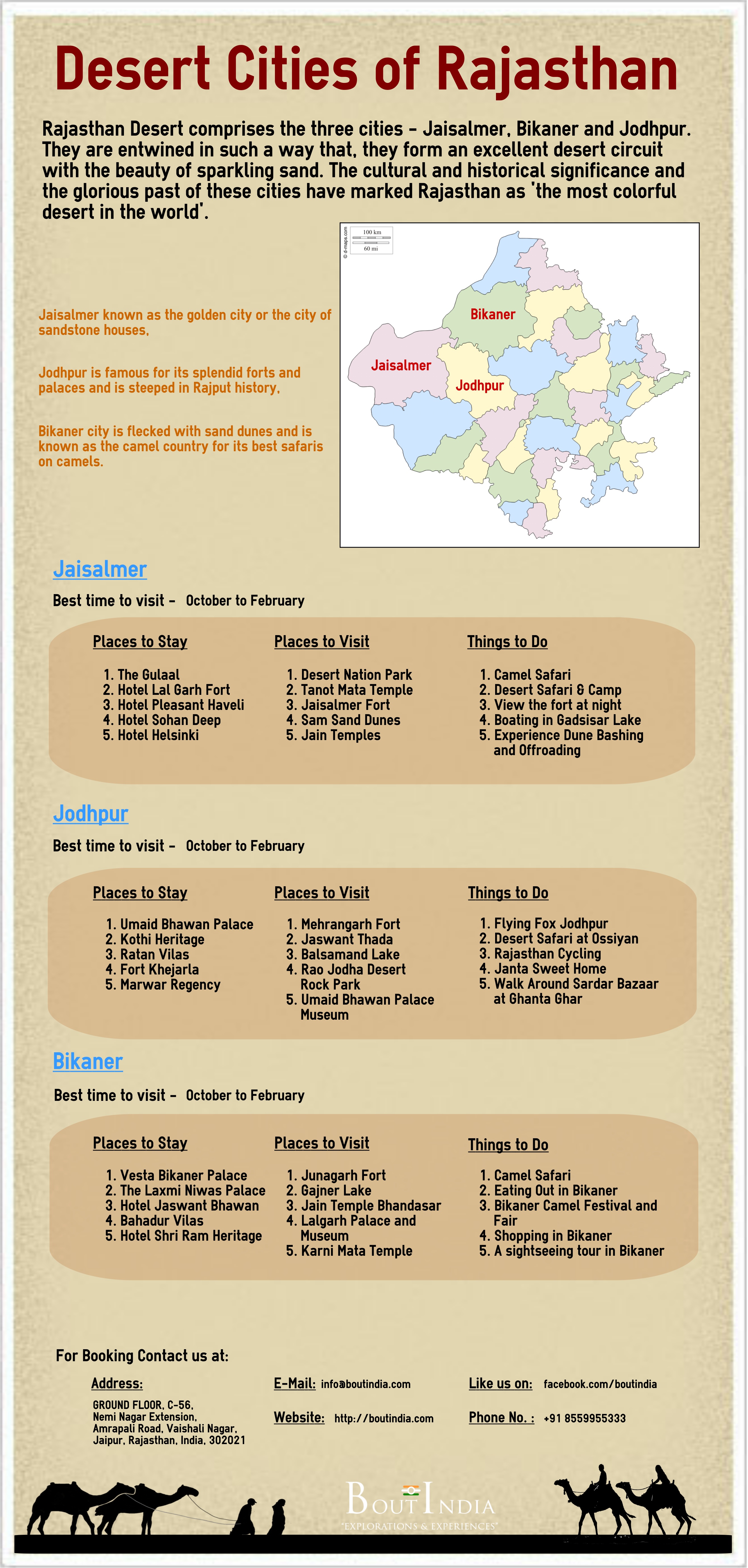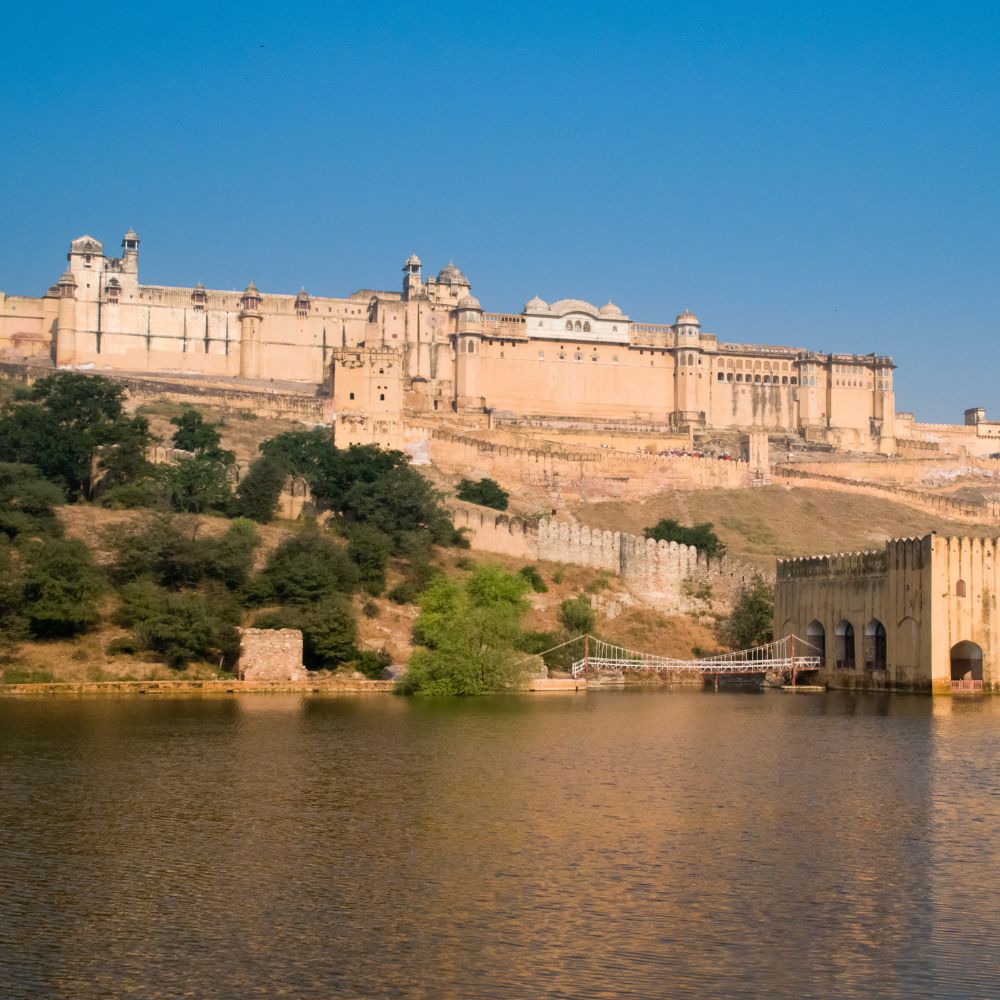Bikaner Fort, often called Junagarh Fort, is a gem of Rajasthan's architectural marvels. Nestled in the heart of Bikaner, this fort is a testament to the region's rich cultural and architectural legacy. Originally called Chintamani, the fort was renamed Junagarh or 'Old Fort' in the early 20th century when the ruling family moved to Lalgarh Palace outside the fort limits. Built with great determination and grandeur, the fort has witnessed centuries of history, from the valor of Rajput kings to the artistic brilliance that flourished within its walls. As one of Rajasthan's key landmarks, Bikaner Fort offers an insightful journey into the past, revealing the essence of the state's royal heritage. Junagarh Fort in Bikaner, Rajasthan is an age-old heritage site. The Fort is one of the most sought-after places to visit in Bikaner.
A Glimpse into the Past
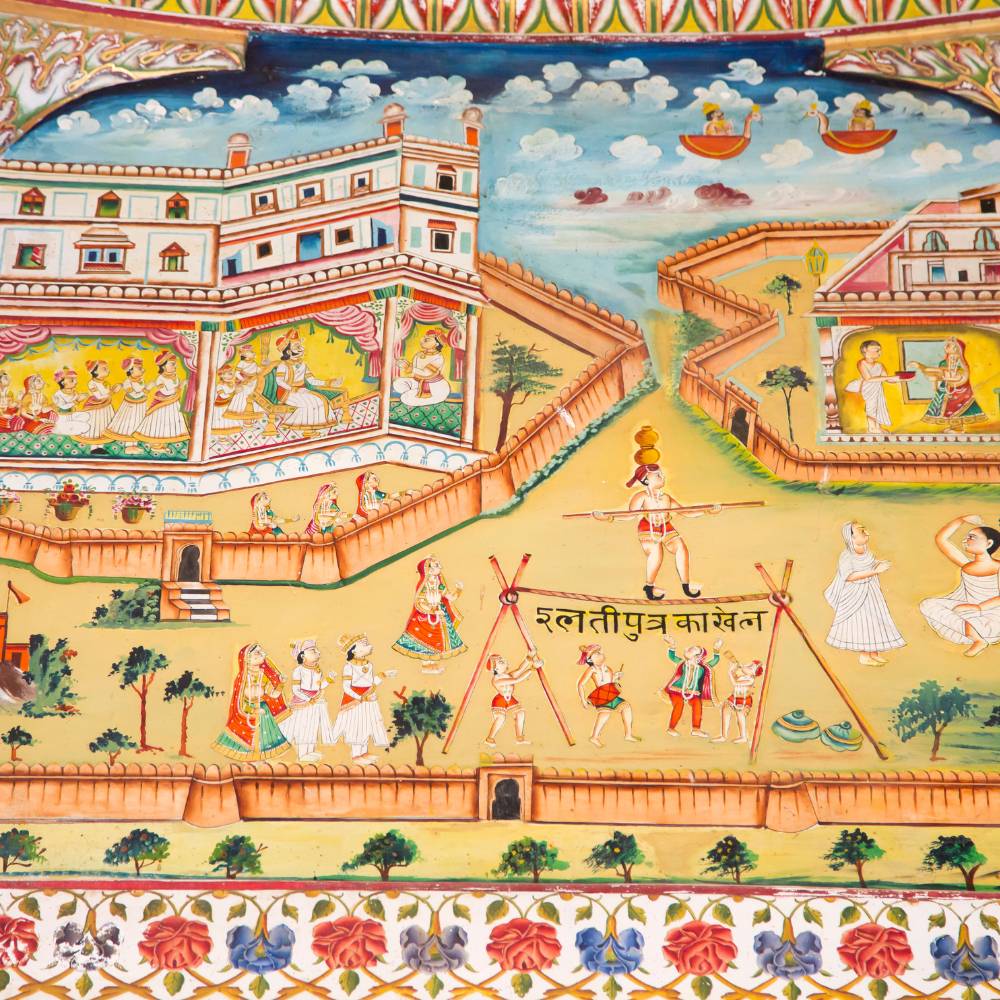
The history of Bikaner Fort is intrinsically linked to the founding of Bikaner City by Rao Bika, a Rathore prince, in 1488. Rao Bika, the son of Rao Jodha, the founder of Jodhpur, set out to carve his own kingdom. Bikaner, strategically located in the arid Thar Desert, emerged as a powerful state under his leadership. To protect his fledgling kingdom, Rao Bika began the construction of a fort that would serve as a bastion against invasions and a symbol of the Rathore dynasty's growing influence.
The fort's foundation was laid in 1478, and successive rulers continued to expand and fortify it over the years. The structure today was primarily built between 1589 and 1593 by Raja Rai Singh, the sixth ruler of Bikaner, under the guidance of Mughal Emperor Akbar. Rai Singh, a general in Akbar's army, used the resources and wealth gained from his service to create a fort that would be both a military stronghold and a testament to the architectural grandeur of the time.
Architectural Splendor
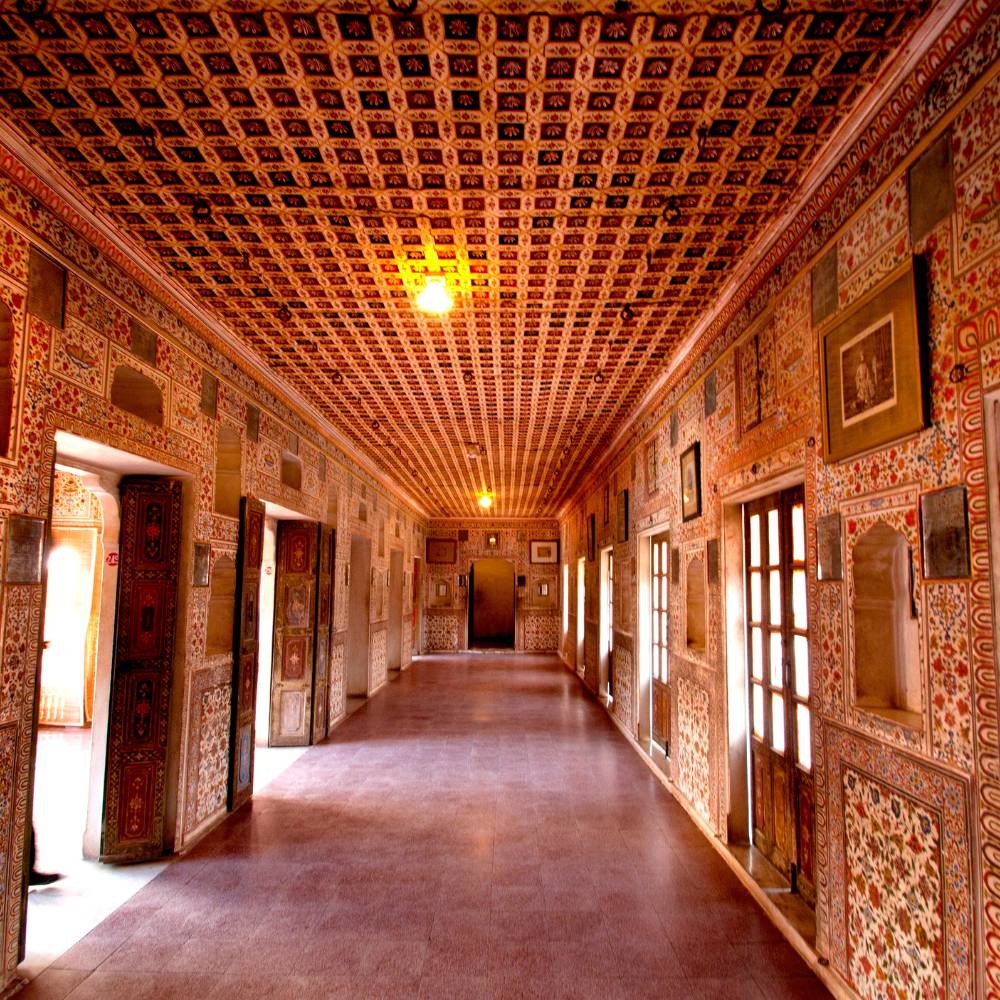
Bikaner Fort is a masterpiece of architectural design, showcasing a blend of Rajput, Mughal, and Gujarati styles. This unique amalgamation reflects the cultural exchanges and influences that shaped the fort over the centuries. The fort is constructed predominantly from red sandstone, which gives it a warm, earthy hue that contrasts beautifully with the arid landscape of Bikaner.
The fort's design is characterized by massive walls, grand courtyards, and intricately carved balconies. The entrance is through the Karan Pol, a majestic gate that leads to a series of courtyards and palaces within the fort complex. The architecture of Bikaner Fort is not just about grandeur; it also incorporates practical elements, such as thick walls and narrow passages, designed to make the fort defensible against enemy attacks.
The Junagarh fort Bikaner Rajasthan consists of seven gates. The gates are referred to as ‘Pol’. Karan Pol, Suraj Pol, Daulat Pol, and Chand Pol are some of the names. The Suraj pol is east-facing and hence has the name as per sunlight’s availability. Palaces are named as karan mahal, phool mahal, anup mahal and badal mahal. Every palace inside the fort has its specific requirements. The Junagarh fort also has a museum. The museum consists of lots of antique and unique articles and paintings.
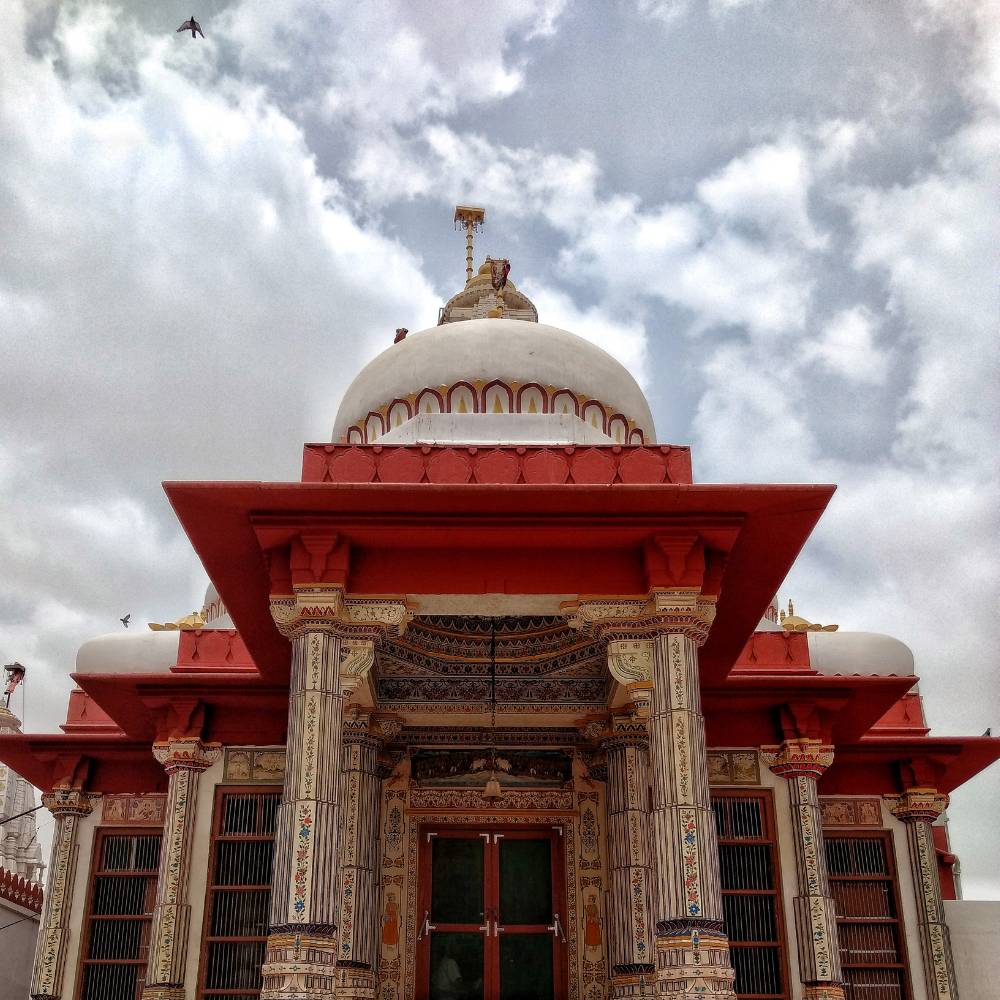
Several critical structures stand out inside the fort, each with unique significance. The Karan Mahal, one of the earliest structures within the fort, served as the hall of public audiences where the rulers addressed their subjects. Its design is simple yet imposing, reflecting the authority of the ruling king.
Another prominent building within the fort is Anup Mahal, a multi-story palace that served as the royal residence. The palace is renowned for its intricate woodwork, stunning lattice windows, and mirror-inlaid ceilings. Each room in Anup Mahal is a work of art, with walls adorned with delicate frescoes and gold leafing, showcasing the artistic talents that flourished under Bikaner's patronage.
Chandra Mahal, one of the most lavish palaces in the fort, is known for its richly decorated interiors. The walls of Chandra Mahal are adorned with exquisite paintings depicting scenes from Hindu mythology. At the same time, the ceilings are embellished with mirror work that reflects light, creating a mesmerizing effect. As the name suggests, Phool Mahal is adorned with floral designs and served as a pleasure palace for the royal family. Its walls are decorated with intricate patterns of flowers and birds, symbolizing the beauty and prosperity of the kingdom.
Fortifications and Defense Mechanisms
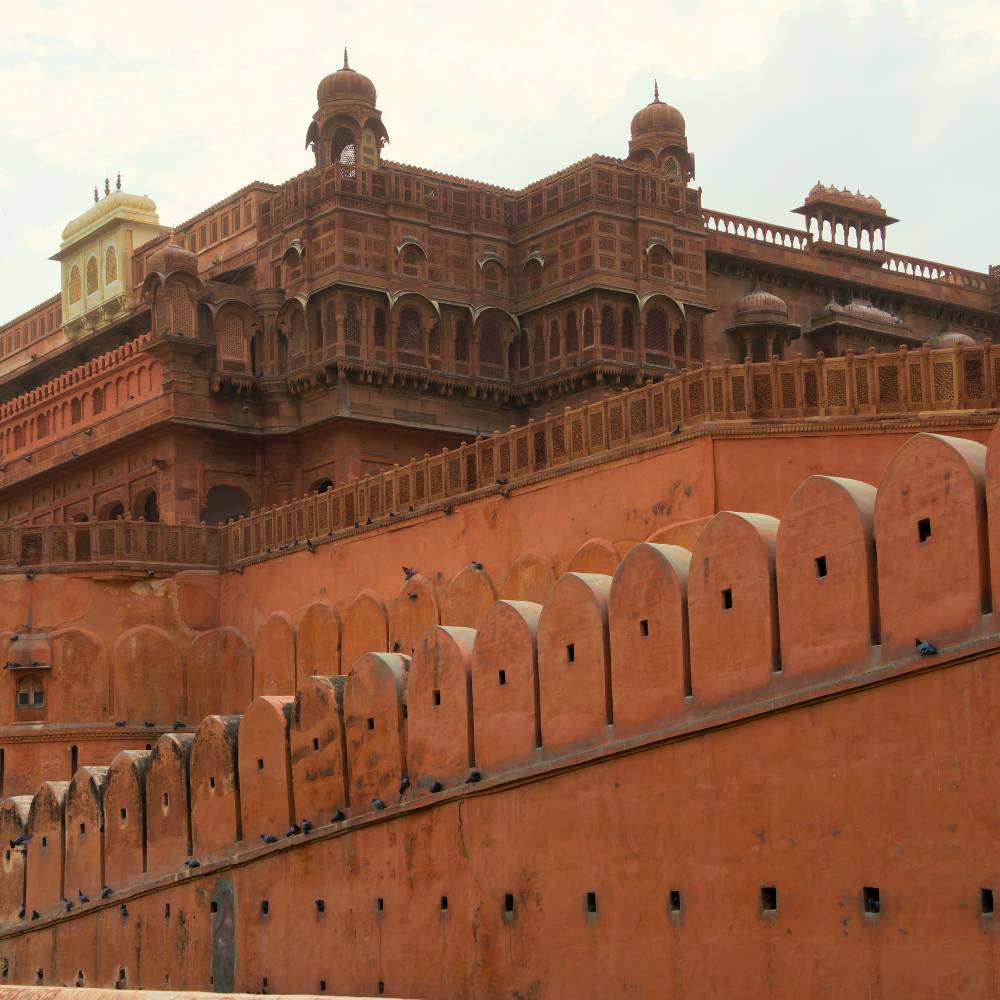
Bikaner Fort's fortifications are a testament to the advanced military engineering of the time. The fort is surrounded by high walls up to 40 feet, providing a formidable defense against invaders. The walls are punctuated with bastions and battlements, strategically placed to allow defenders to fire arrows and artillery at attackers while remaining protected.
The fort's main entrance, the Suraj Pol, is heavily fortified and approached by a long, winding ramp designed to slow down advancing troops and make it difficult for them to use battering rams. The ramp is also angled so that it forces attackers to expose their right side, which would be less protected in traditional Rajput armor, to the defenders' arrows.
In addition to its walls and gates, Bikaner Fort was protected by a moat, which added another layer of defense. The moat was filled with water and often stocked with crocodiles, making it nearly impossible for enemies to approach the fort without being detected and repelled.
The Artistic Legacy
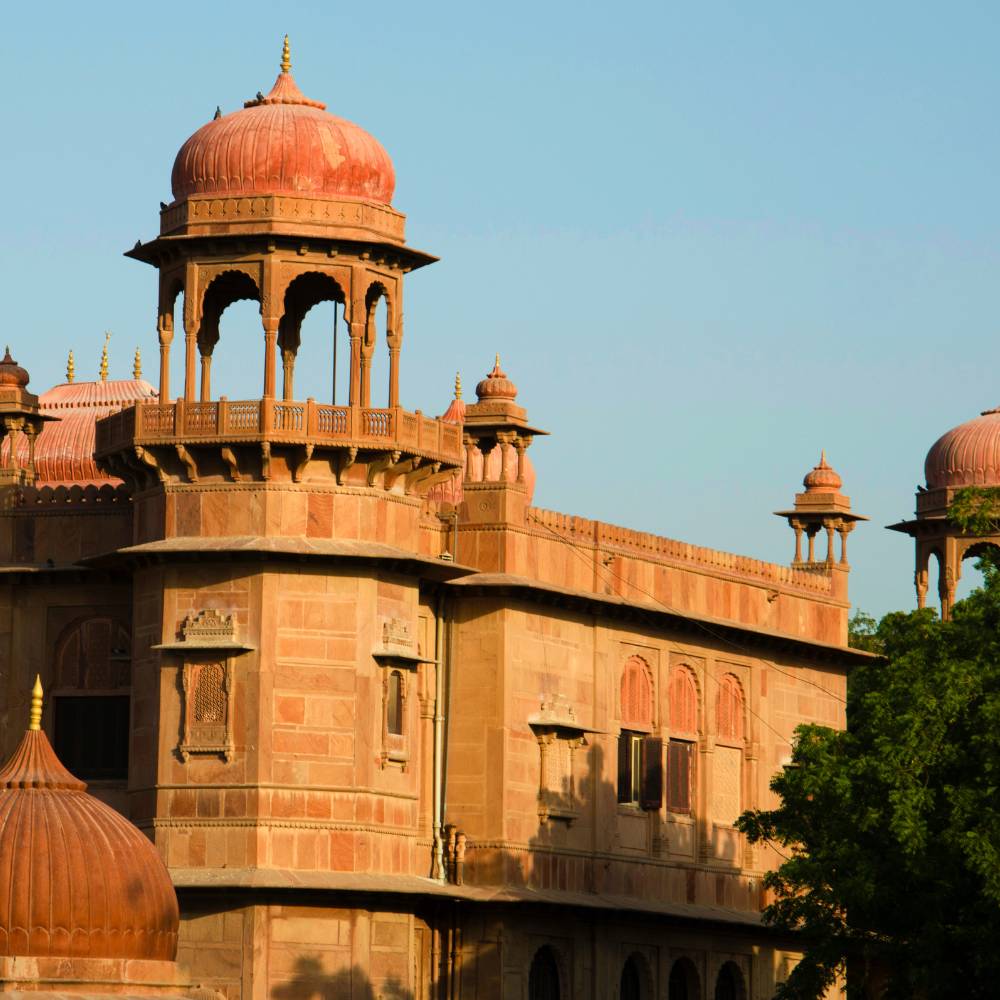
Beyond its military and residential functions, Bikaner Fort is a treasure trove of artistic heritage. The fort's walls are adorned with intricate frescoes depicting religious stories, daily life scenes, and courtly events. These frescoes blend Mughal and Rajput styles, characterized by vibrant colors, detailed patterns, and expressive figures.
One of the most remarkable aspects of the fort's artistic legacy is its collection of miniature paintings. These paintings, often commissioned by the royal family, depict a wide range of subjects, from hunting scenes to portraits of the kings and queens of Bikaner. The miniature paintings are renowned for their delicate brushwork, vivid colors, and intricate details, making them some of the finest examples of Rajasthani art.
The fort is also home to a Jain temple known for its intricate marble carvings and detailed architecture. The temple's walls are adorned with images of Tirthankaras, the spiritual teachers of Jainism, and its ceilings are decorated with delicate frescoes depicting scenes from Jain mythology. The temple is a place of worship and a symbol of the royal family's patronage of the Jain community.
Preservation and Modern-Day Relevance
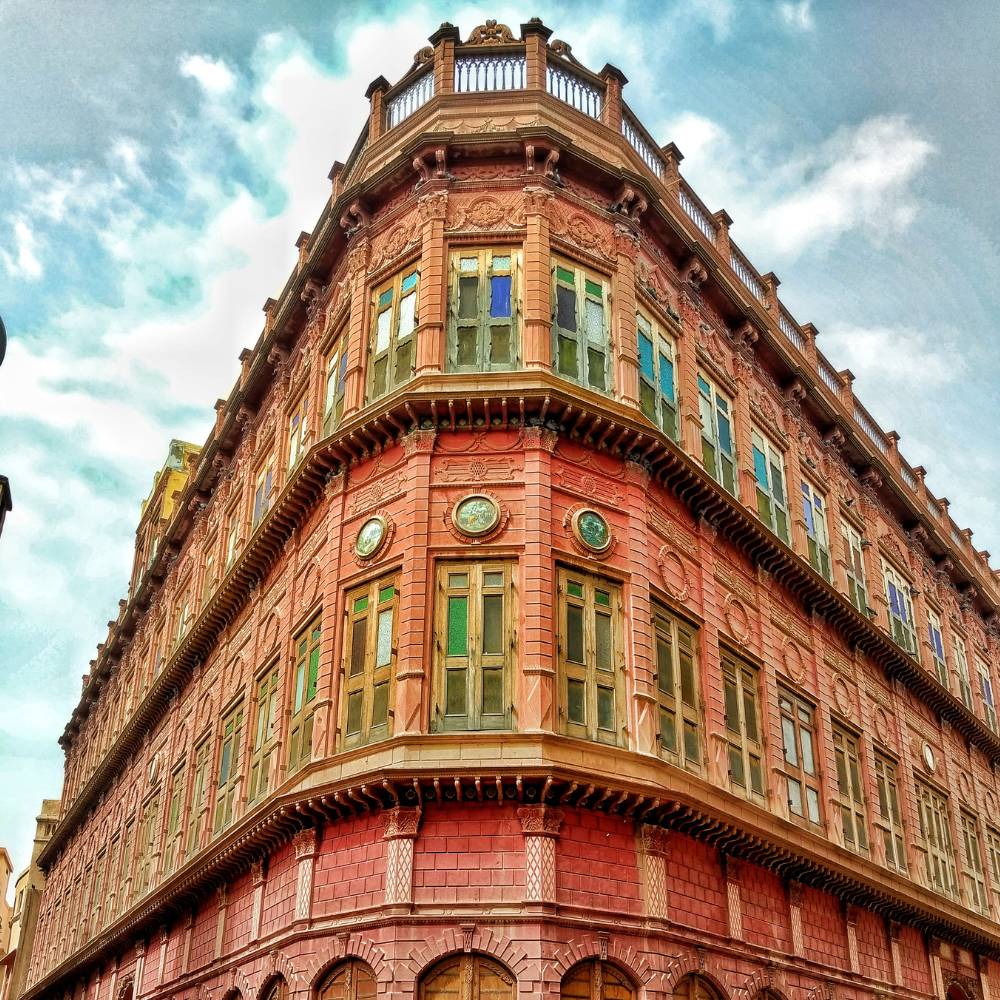
Over the centuries, Bikaner Fort has faced the ravages of time, weather, and human activity. However, extensive restoration efforts have been undertaken to preserve the fort's architectural and historical significance. The Archaeological Survey of India (ASI) has played a crucial role in maintaining the fort's grandeur, ensuring it remains a living monument accessible to future generations.
Today, Bikaner Fort is one of Rajasthan's most popular tourist attractions. It offers visitors a chance to explore the region's royal past through guided tours and exhibitions. The fort houses a museum that displays a collection of artifacts, including weapons, costumes, manuscripts, and artworks, providing insights into the history and culture of Bikaner.
While beneficial for the local economy, the influx of tourists also challenges the fort's conservation. The increased footfall can lead to wear and tear on the fort's delicate structures and artworks. Therefore, careful management must balance tourism needs with preserving this historical site.
Legends and Influence
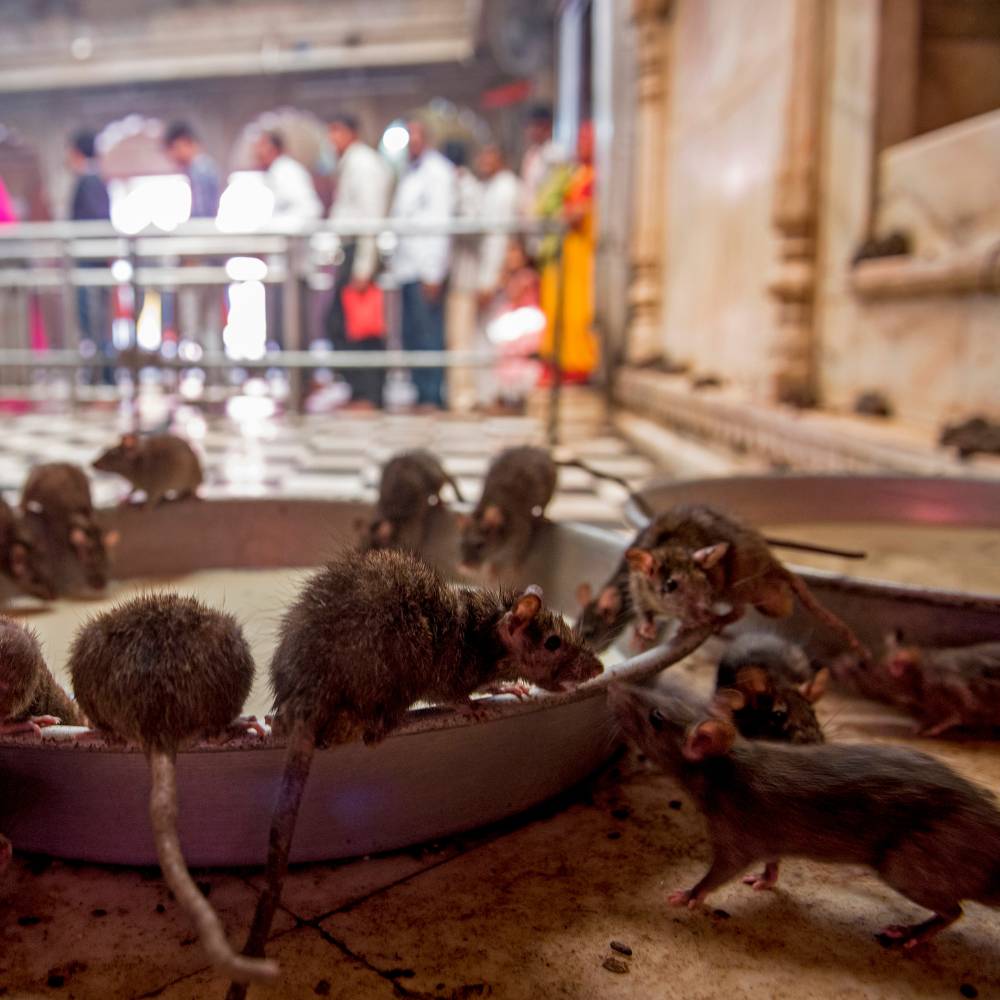
Bikaner Fort is not just a historical monument but a repository of legends and folklore passed down through generations. One such legend speaks of the fort's construction being cursed by a sage named Karni Mata, who was angered by the fort's location being too close to her temple. Rao Bika is said to have relocated the fort to appease the sage. Still, the legend adds a mystical aura to the fort's history.
The fort has also left a lasting influence on Rajasthan's architectural landscape. Its unique features, such as the use of red sandstone, intricate carvings, and grand palaces, have been adopted in later constructions across the state. The architectural style of Bikaner Fort continues to inspire the design of palaces, temples, and havelis throughout Rajasthan, making it a cornerstone of the region's architectural heritage.
Bikaner Fort's influence extends beyond architecture into art and literature. The fort has inspired countless folk songs, poems, and stories, many of which are still sung and recited in the region today. These cultural expressions keep the fort's legacy alive, ensuring that its stories are passed down to future generations.
Junagarh Fort Timings and Entry Fees:
Timings:
-
Open Hours: 10:00 AM to 4:30 PM
- Closed on: Public Holidays (may vary)
Entry Fees:
- Indians: ₹50 per person
- Foreigners: ₹300 per person
- Students: ₹30 per person (with valid ID)
Additional Charges:
-
Guide Fees: Available on request
- Camera: ₹50 for still cameras
- Video Camera: ₹100
*check for any updates or changes in timings or fees before planning your visit.
Conclusion
Bikaner Fort is a beacon of Rajasthan's rich cultural and architectural heritage. Its walls, palaces, and temples are not just relics of the past; they are living monuments that tell the story of a proud and resilient people. The fort's role in shaping the history of Bikaner, coupled with its architectural splendor and artistic legacy, makes it an enduring symbol of the region's glory.
Visitors walk through the fort's courtyards, gaze at its intricate frescoes, and listen to the legends that echo through its halls; they are transported back to an era of kings and warriors, artists and artisans. Bikaner Fort continues to captivate and inspire, ensuring its charm remains vital for generations.
